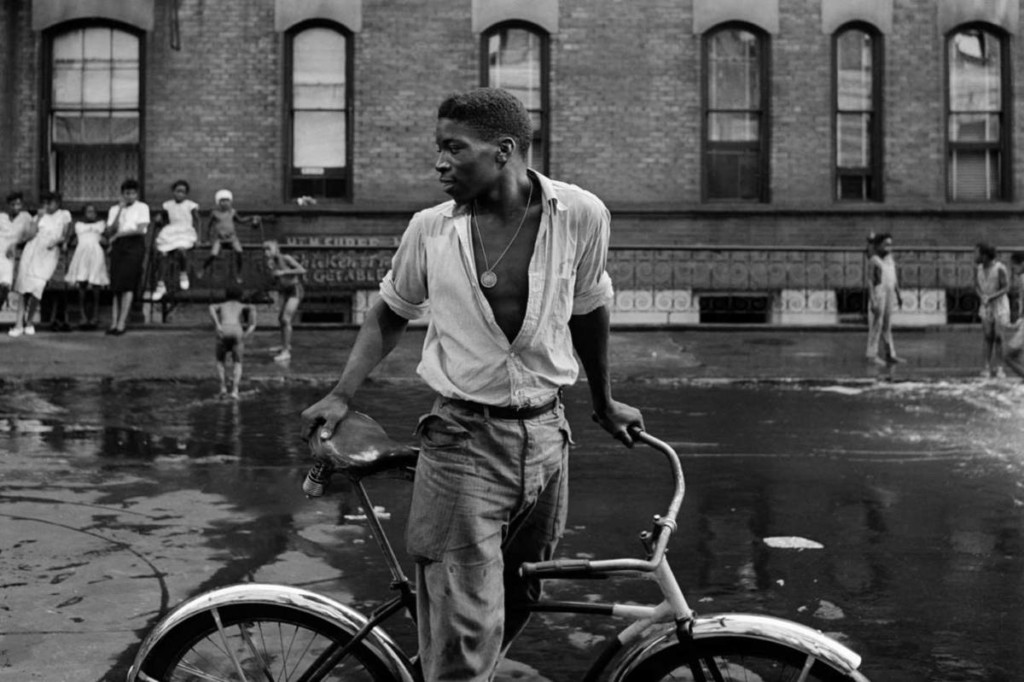Things about Framing Streets
Things about Framing Streets
Blog Article
Fascination About Framing Streets
Table of ContentsA Biased View of Framing StreetsExcitement About Framing StreetsRumored Buzz on Framing StreetsFraming Streets Things To Know Before You BuyFraming Streets Fundamentals ExplainedThe Ultimate Guide To Framing Streets
Digital photography category "Crufts Dog Show 1968" by Tony Ray-Jones Road photography (additionally often called candid digital photography) is photography performed for art or inquiry that includes unmediated chance encounters and arbitrary incidents within public places, normally with the purpose of capturing images at a definitive or touching moment by mindful framing and timing. 
Rumored Buzz on Framing Streets
Susan Sontag, 1977 Street digital photography can concentrate on individuals and their habits in public. In this regard, the street digital photographer resembles social docudrama professional photographers or photographers who also work in public places, yet with the aim of recording newsworthy occasions. Any one of these professional photographers' photos might capture people and property visible within or from public areas, which usually entails navigating ethical issues and regulations of privacy, safety, and residential or commercial property.
Representations of day-to-day public life create a style in virtually every period of globe art, beginning in the pre-historic, Sumerian, Egyptian and very early Buddhist art durations. Art managing the life of the road, whether within views of cityscapes, or as the leading concept, appears in the West in the canon of the North Renaissance, Baroque, Rococo, of Romanticism, Realistic look, Impressionism and Post-Impressionism.
Getting The Framing Streets To Work
Louis Daguerre: "Blvd du Holy place" (1838 or 1839) In 1838 or 1839 the initial photograph of figures in the road was videotaped by Louis-Jacques-Mand Daguerre in among a pair of daguerreotype sights taken from his workshop window of the Blvd du Holy place in Paris. The second, made at the elevation of the day, shows an uninhabited stretch of road, while the various other was taken at regarding 8:00 am, and as Beaumont Newhall records, "The Blvd, so constantly filled up with a moving crowd of pedestrians and carriages was perfectly singular, other than a person who was having his boots combed.
, that was influenced to take on a similar documents of New York City. As the city created, Atget assisted to promote Parisian roads as a worthwhile topic for photography.

Getting The Framing Streets To Work
Martin is the first recorded professional photographer to do so in London with a disguised camera. Mass-Observation was a social research study organisation established in 1937 which intended to videotape everyday life in Britain and to videotape the reactions of the 'man-in-the-street' to King Edward VIII's abdication in 1936 to wed divorce Wallis Simpson, and the sequence of George VI. Between 1946 and 1957 Le Groupe des XV yearly showed work of this kind. Andre Kertesz. Circus, Budapest, 19 May 1920 Street photography formed the major material of 2 events at the Gallery of Modern Art (Mo, MA) in New York curated by Edward Steichen, Five French Digital Photographers: Brassai; Cartier-Bresson, Doisneau, Ronis, Izis in 1951 to 1952, and Post-war European Digital Photography in 1953, which exported the concept of road photography worldwide.

What Does Framing Streets Mean?
The recording device was 'a concealed cam', a 35 mm Contax concealed below his coat, that was 'strapped to the breast and connected to a long wire strung down the right sleeve'. Nevertheless, his work had little contemporary influence as as a result of Evans' sensitivities concerning the creativity of his project and the privacy of his topics, it was not published up until 1966, in guide Many Are Called, with an introduction written by James Agee in 1940.
Helen Levitt, then an instructor of young kids, connected with Evans in 193839. She recorded the transitory chalk illustrations - Lightroom presets that became part of youngsters's street society in New york city at the time, as well as the children that made them. In July 1939, Mo, MA's new digital photography area included Levitt's operate in its inaugural exhibitRobert Frank's 1958 publication,, was significant; raw and typically indistinct, Frank's pictures examined conventional photography of the moment, "tested all the formal guidelines laid down by Henri Cartier-Bresson and Walker Evans" and "flew in the face of the wholesome pictorialism and genuine photojournalism of American magazines like LIFE and Time".
Report this page